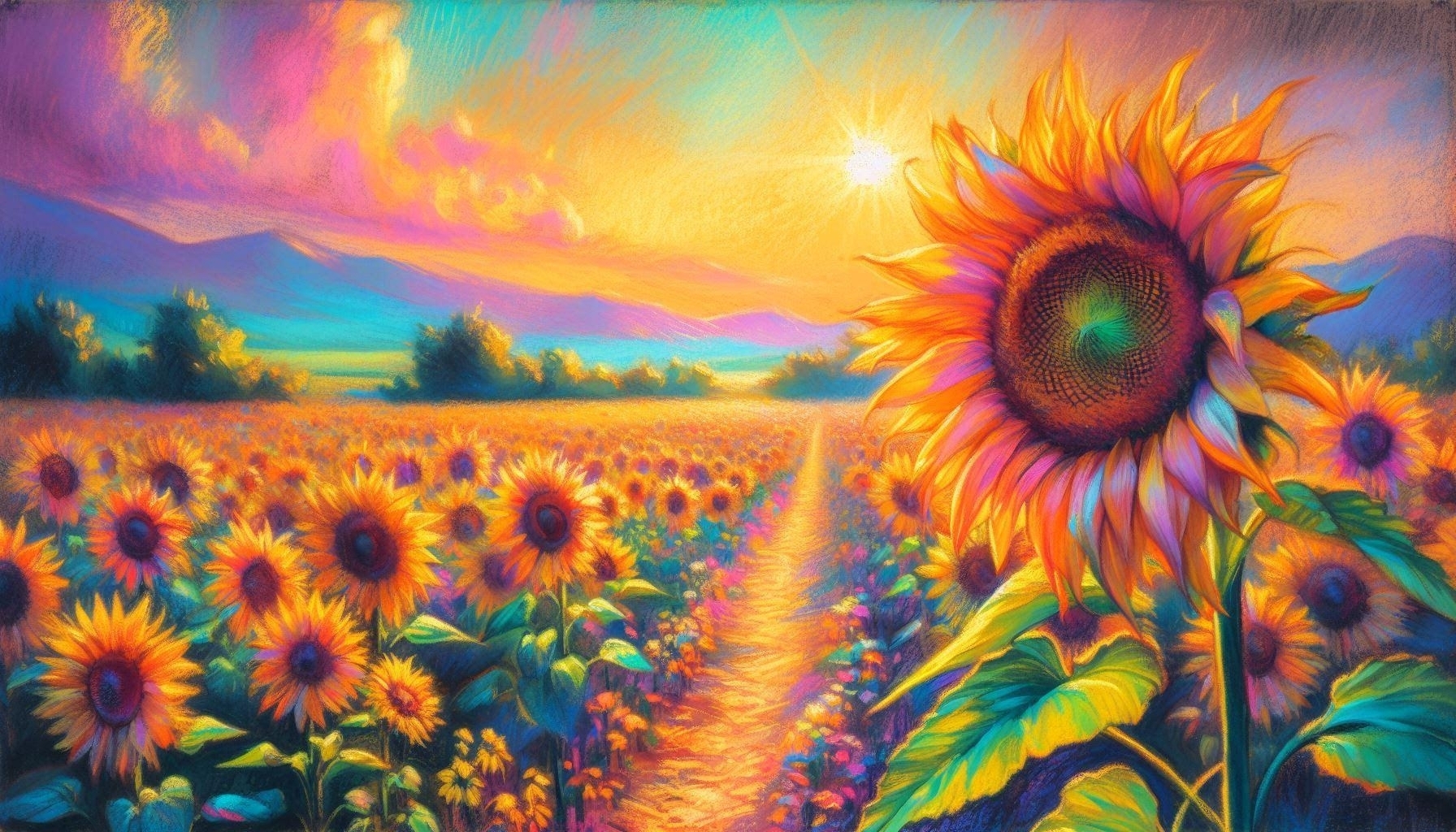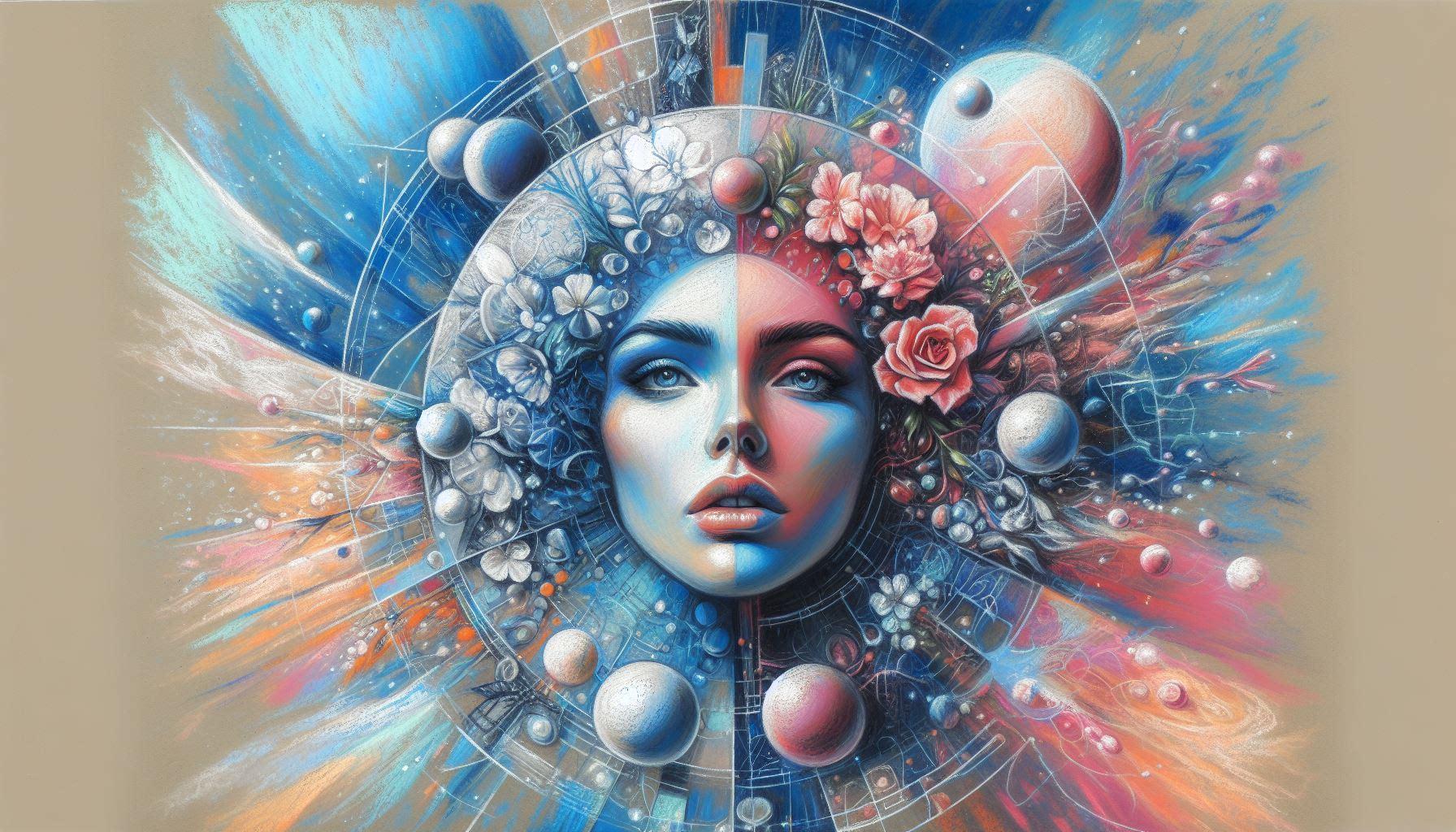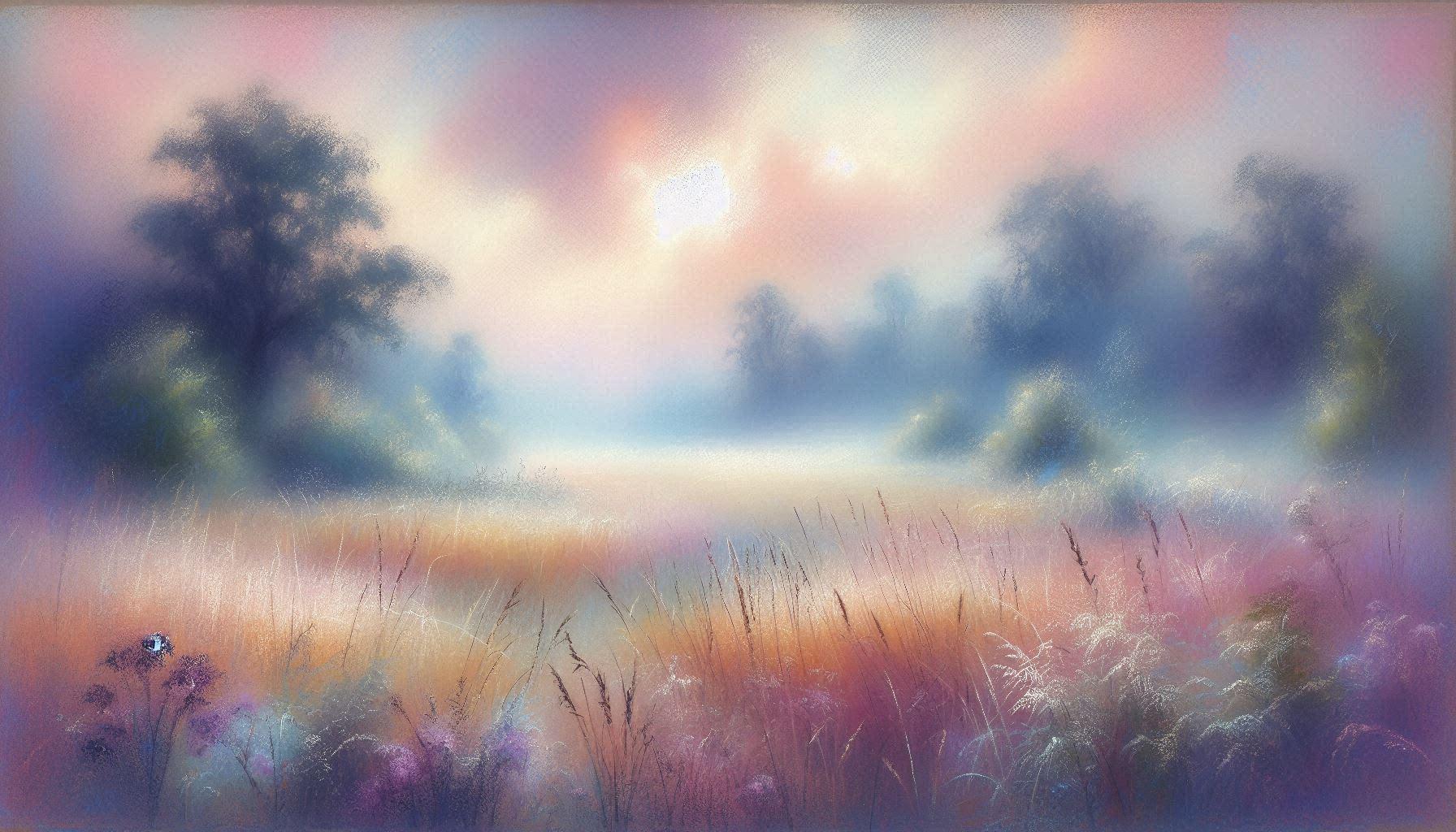Pastel art, often celebrated for its vibrant colors and delicate textures, has a rich history and a variety of techniques that make it unique among artistic mediums. This article delves into the origins of pastel art, its evolution, and the methods used by artists to create stunning works with pastels. Whether you are a seasoned artist or a curious novice, understanding the history and techniques of pastel art can enhance your appreciation and skill.

The Origins of Pastel Art
The use of pastels can be traced back to the Renaissance, with early mentions by Leonardo da Vinci in the late 15th century. However, it wasn’t until the 18th century that pastels gained significant popularity, particularly in portraiture. Artists like Rosalba Carriera and Maurice Quentin de La Tour were pioneers, using pastels to capture the delicate features and vibrant attire of their subjects.
Pastels are essentially sticks of pigment mixed with a binder, usually gum arabic or methyl cellulose. This composition allows for a wide range of colors and subtle blending, making them ideal for creating lifelike images.
The Rise of Pastel Art in the 18th and 19th Centuries
The 18th century saw pastel art flourish in Europe, with many artists adopting the medium for its versatility and immediacy. French Rococo artists, in particular, embraced pastels, favoring their ability to render the softness and luminosity of skin tones. This period also saw the establishment of the French Academy of Pastel, which helped standardize techniques and promote the medium.
In the 19th century, pastels continued to evolve, with the Impressionists further expanding their use. Edgar Degas, one of the most famous pastel artists, utilized pastels to capture movement and light in his depictions of ballet dancers and everyday scenes. His innovative techniques, such as layering pastels over monotypes, pushed the boundaries of the medium.

Modern Pastel Art
The 20th and 21st centuries have seen pastel art maintain its popularity, with contemporary artists exploring new styles and techniques. The advent of different types of pastels—such as soft, hard, oil, and pencil pastels—has provided artists with more tools to express their creativity. Modern pastel artists like Wolf Kahn and Daniel Greene have continued to innovate, blending traditional techniques with contemporary themes.
Techniques in Pastel Art
Creating art with pastels involves a variety of techniques, each contributing to the distinct qualities of pastel artworks. Here are some key methods used by pastel artists:
1. Layering
Layering is a fundamental technique in pastel art, allowing artists to build up colors and create depth. By applying multiple layers of pastel, artists can achieve rich, complex hues and subtle gradations. Fixatives are often used between layers to prevent smudging and ensure permanence.
2. Blending
Blending is used to create smooth transitions between colors and soften edges. Artists can blend pastels with their fingers, blending stumps, or brushes. This technique is particularly effective in rendering soft textures, such as skin or clouds.
3. Scumbling
Scumbling involves lightly dragging a pastel stick over a layer of color to create a broken, textured effect. This technique adds interest and variety to the surface, making it ideal for depicting rough textures like foliage or fabric.
4. Feathering
Feathering is a technique where artists apply short, parallel strokes to build up color and texture. This method is often used in portraiture to create the illusion of hair or fine details.
5. Sgraffito
Sgraffito involves scratching into a layer of pastel to reveal the color underneath. Artists use tools like palette knives or toothpicks to create fine lines and intricate patterns. This technique can add a dynamic, tactile quality to the artwork.
6. Pointillism
Inspired by the Impressionists, some pastel artists use pointillism, applying small dots of color to build up an image. This technique relies on the viewer’s eye to blend the colors visually, creating a vibrant, shimmering effect.
Choosing the Right Pastels
Selecting the appropriate type of pastel is crucial for achieving the desired effect in your artwork. Here’s a brief overview of the different types of pastels available:
Soft Pastels
Soft pastels are known for their vibrant colors and ease of blending. They are ideal for creating smooth gradients and soft textures. However, they can be fragile and require careful handling.
Hard Pastels
Hard pastels are firmer and produce sharper lines, making them suitable for detailed work and initial sketches. They are less prone to smudging and are often used in combination with soft pastels.
Oil Pastels
Oil pastels have a buttery consistency and can be blended with a brush or palette knife. They do not require fixatives and are more resistant to smudging. However, they can be more challenging to layer compared to soft pastels.
Pastel Pencils
Pastel pencils offer the precision of a pencil with the color and texture of pastels. They are excellent for fine details and are often used in conjunction with other pastel types.
Preserving Pastel Art
One of the challenges of pastel art is its fragility. Pastel works can be easily smudged and are sensitive to light and humidity. To preserve pastel artworks, artists use fixatives to set the pigments and frame their works under glass. Storing pastels in a cool, dry place and handling them with care can also extend their longevity.
Conclusion
Pastel art, with its rich history and diverse techniques, offers artists a versatile and expressive medium. From the delicate portraits of the 18th century to the dynamic works of modern artists, pastels have proven to be a timeless and enduring art form. By exploring the history and mastering the techniques of pastel art, artists can continue to push the boundaries of creativity and produce stunning, vibrant works.
For those new to pastels, starting with basic techniques like layering and blending can provide a solid foundation. As you gain confidence, experimenting with more advanced methods such as scumbling and sgraffito can add depth and complexity to your work. Whether you are captivated by the medium’s historical significance or its contemporary possibilities, pastel art offers endless opportunities for artistic exploration.


